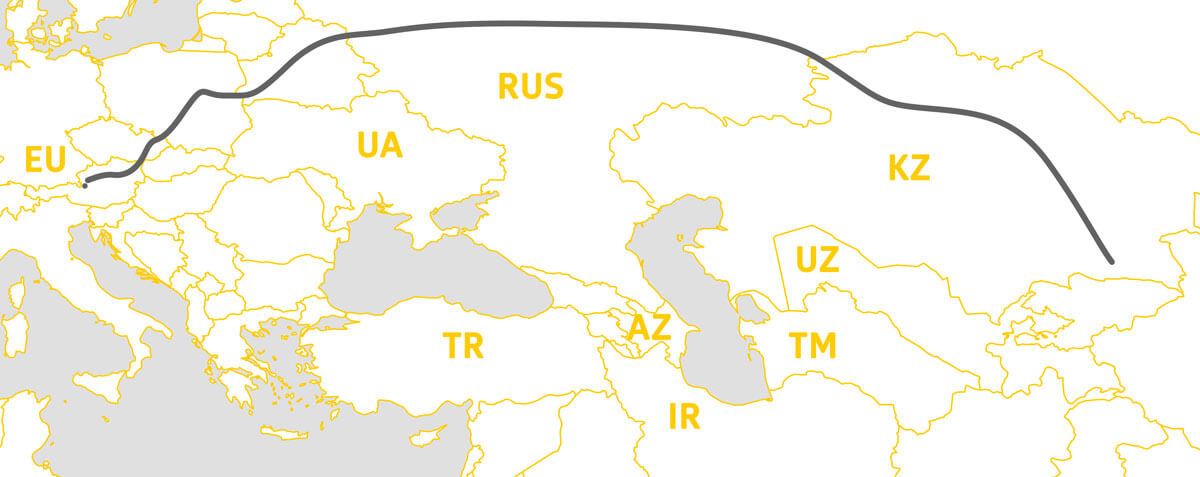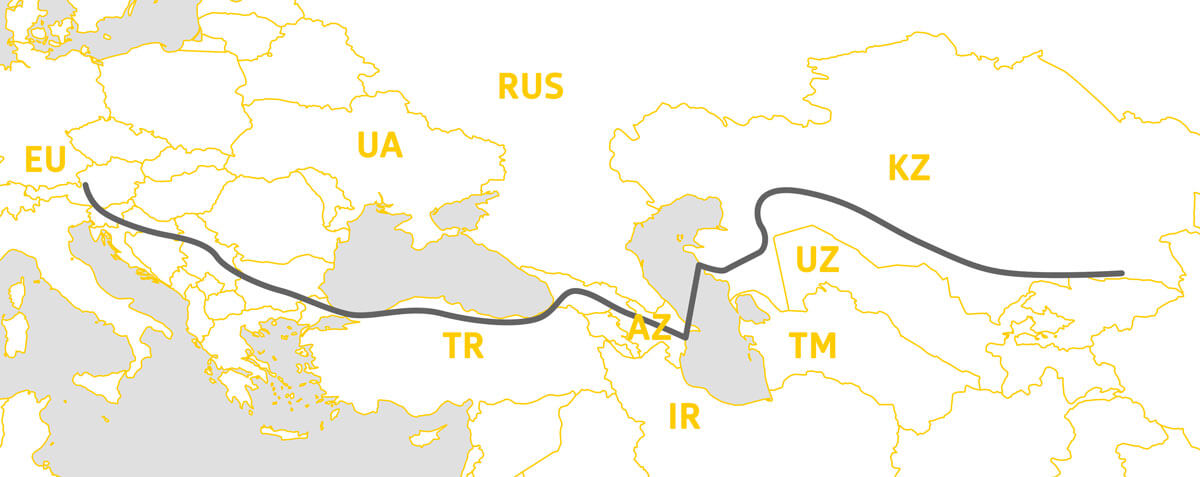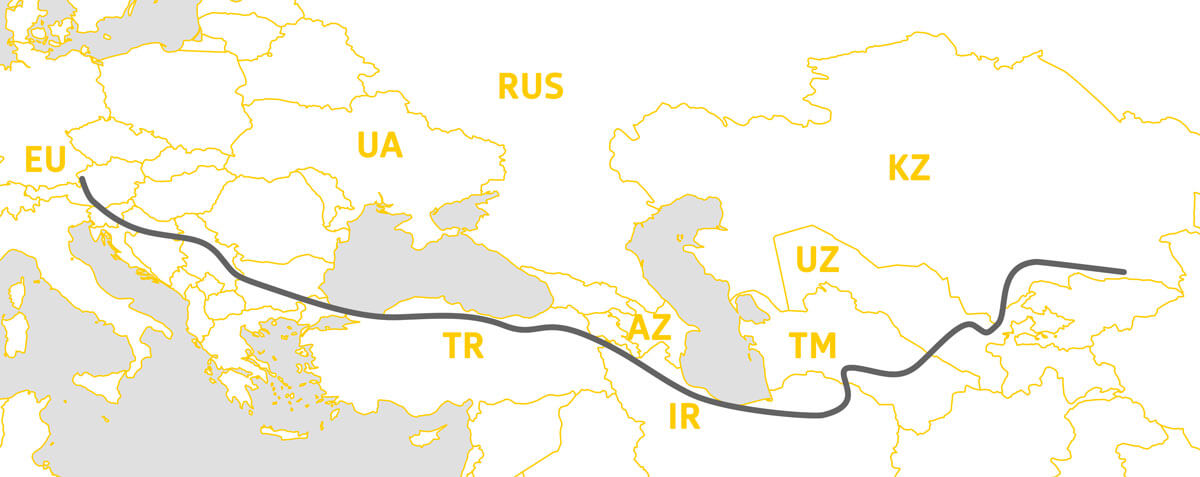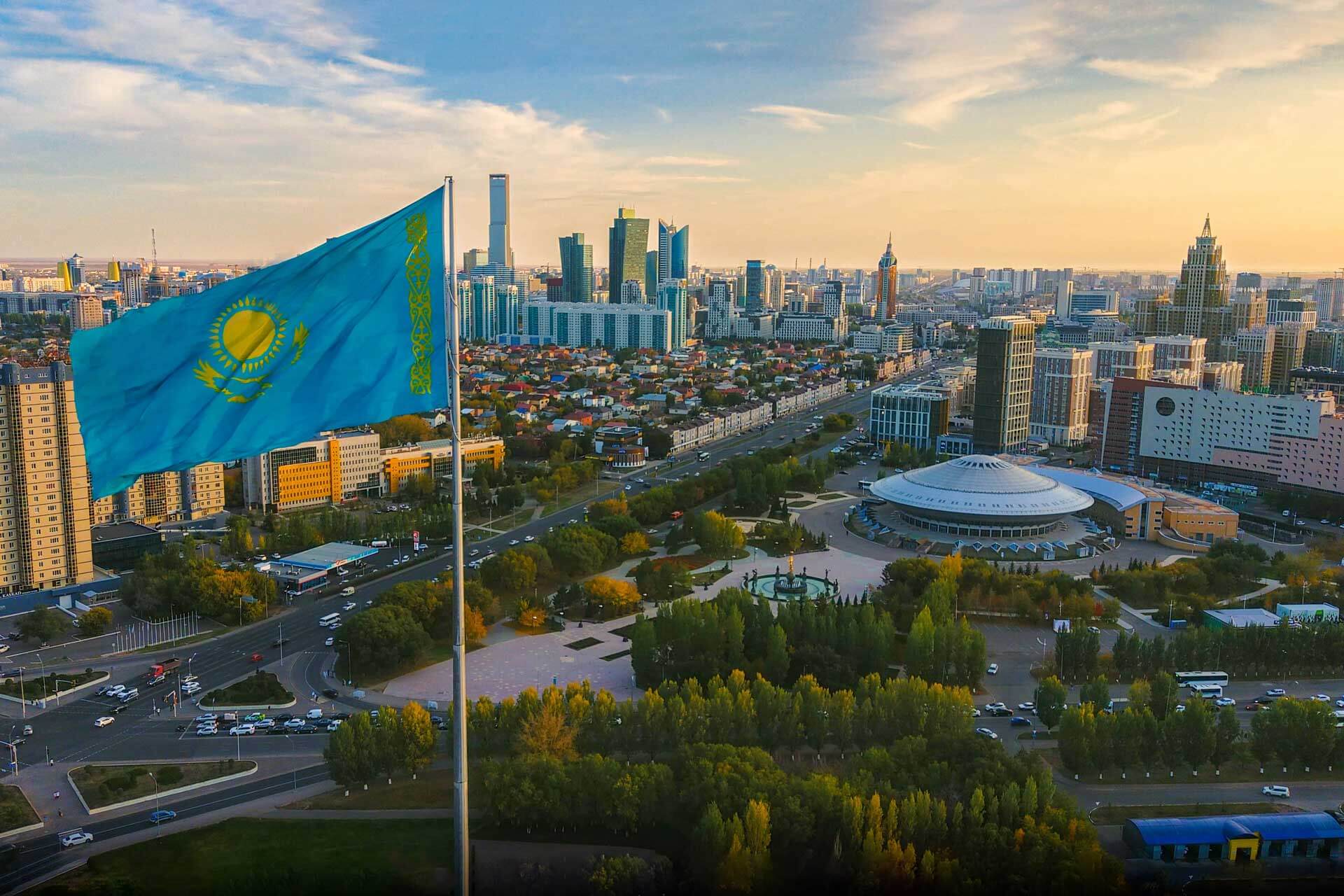Kazakhstan – Opportunities and Challenges in International Trade
The geopolitical shifts triggered by the war in Ukraine have brought Kazakhstan into sharper focus – both as an export destination and as a strategic hub for access to the entire Central Asian region.
To tap into this potential safely and profitably, companies must understand the legal framework in detail. Sanctions regulations must not be violated under any circumstances. In addition, local knowledge, experience, and established partnerships in the region are essential to avoid exposure to risk in volatile environments.
A Region in Transition
Kazakhstan finds itself in the midst of a geopolitical turning point. The Russian invasion of Ukraine has placed the country in a delicate position – one that presents both challenges and new economic opportunities.
While Kazakhstan maintains strong historical and economic ties with Russia, it is also actively seeking to strengthen its relations with Western partners. Geography and shared history play a key role here: Kazakhstan and Russia share the world’s longest continuous land border – over 7,600 kilometers. Their Soviet past and current joint membership in the Eurasian Economic Union (EAEU), alongside Belarus, Armenia, and Kyrgyzstan, further link the two economies.
Despite these ties, Kazakhstan has made clear its intent to prevent the circumvention of international sanctions through its territory.
Kazakhstan as a Trade and Logistics Hub
From a European perspective, Kazakhstan is increasingly taking the lead in the EAEU, overtaking Russia in some areas. Where Russia once served as the main entry point and distribution center for the EAEU, Kazakhstan has now taken on that role.
For example, products can be certified in Kazakhstan for the entire EAEU market and distributed across member states – provided that EU sanctions are fully observed. Due to sanctions, Russia is largely excluded from this flow of goods, and companies must ensure that no indirect shipments through Kazakhstan are ultimately destined for Russia.
Under these conditions, Kazakhstan presents itself as a promising hub for spare parts, distribution, and service across the region.
Which Route to Kazakhstan Is Best?
Kazakhstan is part of the ambitious “Middle Corridor” initiative, but there are several transport routes available, each with its own advantages and limitations:
1. The Northern Route via Russia
Traditionally the main route for European exporters, this corridor is now fraught with legal and operational risks:
- EU transit bans: Many goods may no longer be transported through Russia. Even a single sanctioned item can cause an entire shipment to be delayed or stopped. Customs codes alone may not clearly indicate which goods are affected, increasing the risk of seizure based on suspicion.
- Insurance issues: Transit through Russia is either uninsurable or only insurable at very high premiums.
- Russian legal uncertainties: Even if a shipment complies with EU law, it may still breach Russian regulations – and resolving such disputes is extremely difficult.
That said, with detailed planning and expert knowledge of sanctions, this route may still offer a cost-effective option for certain shipments.

2. The Middle Corridor via the Caspian Sea
This route completely bypasses Russia, avoiding both EU transit restrictions and Russian interference. However, it comes with challenges:
- Longer transit distance via Turkey, Georgia, and Azerbaijan
- Limited infrastructure: Ferry services across the Caspian Sea are capacity-constrained and vulnerable to weather disruptions – the Caspian is known for heavy storms.
- Higher transport costs due to longer distances and limited capacity
Nevertheless, the countries along this route are heavily investing in infrastructure to make this corridor more attractive in the long term.

3. The Southern Route via Iran and Turkmenistan
This option has lost relevance due to:
- High political risk in Iran
- Restrictive visa regulations in Turkmenistan, especially for drivers

4. Air Freight as a Fast Alternative
For time-sensitive shipments – especially those prohibited from transit through Russia – air freight is a reliable solution. Kazakhstan has several international airports with good connections to Europe.
Kazakhstan as a Distribution and Service Center for Central Asia
Kazakhstan is not only an attractive market in its own right but also a key entry point for the broader Central Asian region. As a member of the EAEU, it offers free movement of goods and services within the union. However, this does not extend to other CIS countries such as Turkmenistan, Azerbaijan, Georgia, Tajikistan, or Uzbekistan.
Crucially, EU sanctions must not be circumvented via Kazakhstan. Companies are responsible for ensuring that restricted goods do not enter Russia through indirect channels.
The “List of Common High Priority Items” identifies sensitive goods that require strict due diligence. Exporters must implement robust risk assessments and internal compliance programs to prevent violations.
Our Expertise – Your Advantage
With decades of experience in transporting goods to Kazakhstan and across the EAEU, Condor helps you select the most suitable route and minimize your risk exposure. We offer tailored end-to-end solutions for export and import, including:
- Route analysis: We evaluate the pros and cons of each corridor and recommend the best option for your needs.
- Customs and compliance: We manage the entire process – from customs clearance to certification – on your behalf.
- Sanctions compliance: We help you stay on the safe side, with legal, transparent, and sanction-compliant logistics.
Have questions about your exports to Kazakhstan? We’re here to help:
Pavel Kovalevsky
Head of Department
Tel: +43 662 88984-72
E-mail: p.kovalevsky@condor.co.at
 Deutsch
Deutsch  English
English  Français
Français 


